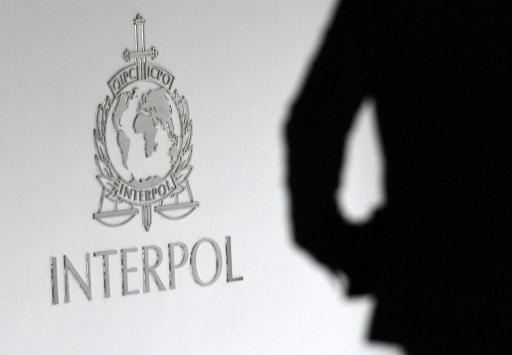A new Interpol database will make it possible to identify a missing person through the international comparison of family DNA data, the international police cooperation organisation announced.
Interpol has been using a DNA database since 2004 in order to help identify human remains that police discover, but they don’t always have a sample from a missing person.
“In the absence of identifiers such as fingerprints or dental X-rays, DNA is the only means of identifying missing persons that can be taken during medical examinations or from a personal object such as a toothbrush,” Interpol said in a statement.
Those samples can be compared with the DNA profile of unidentified human remains in the existing database in order to make a match.
But in the event that obtaining DNA from the missing person directly isn’t possible, the DNA of family members - parents, children or siblings - can be compared using this new database, which Interpol is calling I-Familia.
“I-Familia is a humanitarian tool that opens up many new possibilities to identify missing persons and to provide families with answers,” said Interpol Secretary General Jürgen Stock.
In 2020, more than 12,000 notices relating to the disappearance of people as a result of “crimes, conflicts, accidents or natural disasters” were issued by Interpol.
Participants must give their consent for their data to be used for international searches, Interpol says, and their DNA profiles don’t contain any personal data and are communicated in alphanumeric code form.
If there’s a match, notifications will be sent to the countries that provided the genetic material from the unidentified remains and the DNA profiles of the family respectively.
Further checks (such as with dental records and personal items) can then be made to confirm the match.
The Brussels Times

